PORTFOLIO |
 |
|
|
|
|
|
 |
| |
| Motion Graphics: research and publication |
| |
|
|
These are previews Michael Betancourt's current research into cinematic form, as well as excerpts from his publications on motion graphics:
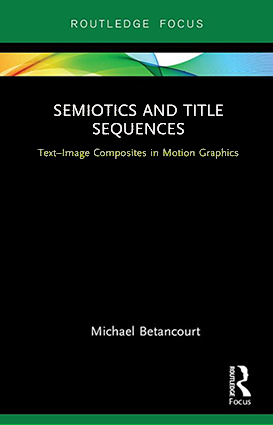
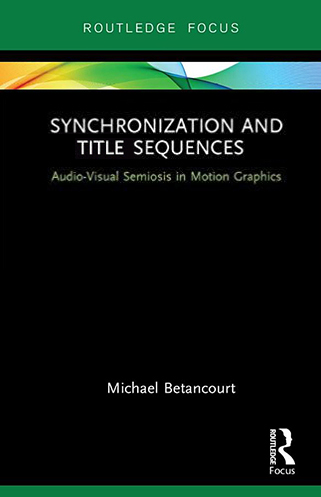
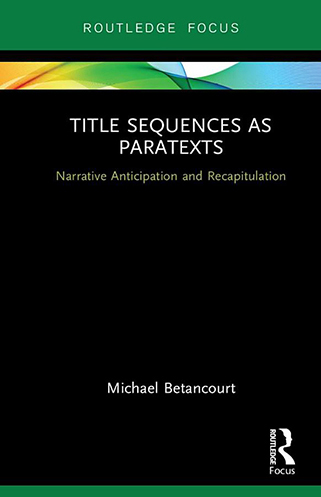
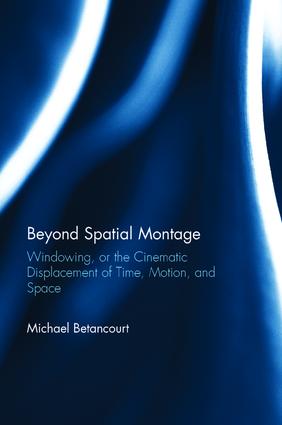
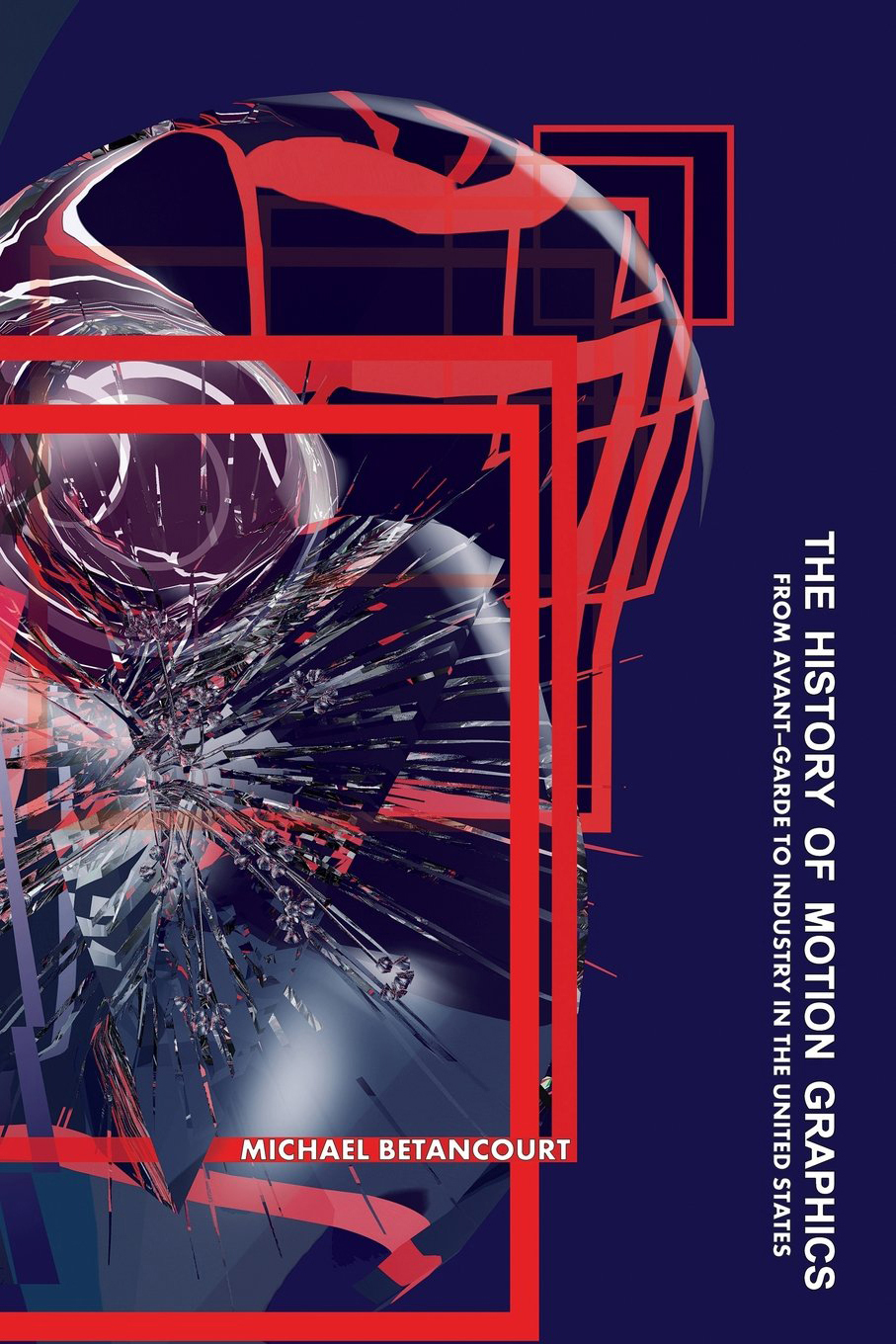
His trilogy of studies on film theory using title sequences as a model uniting avant-garde, documentary and commercial motion pictures were published in the Routledge Studies in Media Theory and Practice series:
Semiotics and Title Sequences,
Synchronization and Title Sequences, and
Title Sequences as Paratexts.
The History of Motion Graphics: From Avant-Garde to Industry in the United States includes a thorough examination of the history of title design from the earliest films through the present, including Walter Anthony, Saul Bass, Maurice Binder, Pablo Ferro, Wayne Fitzgerald, Nina Saxon, and Kyle Cooper. This book also covers early abstract film (the Futurists Bruno Corra and Arnaldo Ginna, Leopold Survage, Walther Ruttmann, Viking Eggeling, Hans Richter, Oskar Fischinger, Mary Ellen Bute, Len Lye and Norman McLaren) and puts the work of visual music pioneers Mary Hallock-Greenewalt and Thomas Wilfred in context. It is the essential textbook and general reference for understanding how and where the field of motion graphic design came from and where it's going.
More articles and translations are posted on MichaelBetancourt.com
|
| |

|

|
| |
 |
Order my new book, Ideologies of the Real
story © Michael Betancourt | published September 2, 2019 | permalink |



 |
| 
|
 |


|
 |
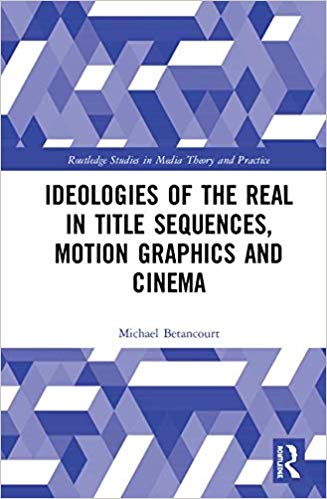
| � | My new book Ideologies of the Real in Title Sequences, Motion Graphics and Cinema is now available! This book presents a new theory of cinematic realism appropriate for the digital age.
This book explores the question of realism in motion pictures. Specifically, it explores how understanding the role of realism in the history of title sequences in film can illuminate discussions raised by the advent of digital cinema.
Ideologies of the Real in Title Sequences, Motion Graphics and Cinema fills a critical theoretical void in the existing literature on motion graphics. Developed from careful analysis of Andr� Bazin, Stanley Cavell, and Giles Deleuze�s approaches to cinematic realism, this analysis uses title sequences to engage the interface between narrative and non-narrative media to consider cinematic realism in depth through highly detailed close readings of the title sequences for Bullitt (1968), Kolchak: The Night Stalker (1974), The Number 23 (2007), The Kingdom (2008), Blade Runner: 2049 (2017) and the James Bond films. This analysis develops a modal approach to cinematic realism where ontology is irrelevant to indexicality. His analysis shows the continuity between historical analogue film and contemporary digital motion pictures by developing a framework for rethinking how realism shapes interpretation. |
|

|
|
 read more read more
|

|
| |
 |
Typography and Motion Graphics: The 'Reading-Image' - Now Available!
story © Michael Betancourt | published December 19, 2018 | permalink |



 |
| 
|
 |


|
 |
Pre-order Typography and Motion Graphics: The 'Reading-Image' on Amazon.com
This title will be released on December 11, 2018.
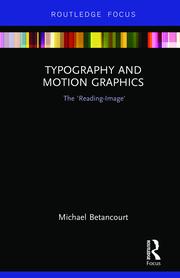 |
In his latest book, Michael Betancourt explores the nature and role of typography in motion graphics as a way to consider its distinction from static design using the concept of the �reading-image� to model the ways that motion typography dramatizes the process of reading and audience recognition of language on-screen. Using both classic and contemporary title sequences―including The Man With the Golden Arm (1955), Alien (1979), Flubber (1998), Six Feet Under (2001), The Number 23 (2007) and Scott Pilgrim vs. The World (2010)―Betancourt develops an argument about what distinguishes motion graphics from graphic design. Moving beyond title sequences, Betancourt also analyzes moving or kinetic typography in logo designs, commercials, film trailers, and information graphics, offering a striking theoretical model for understanding typography in media. |
|

|
|
|

|
| |

|
| |
 |
Realism and the Credit Sequence
story © Michael Betancourt | published October 1, 2017 | permalink |



 |
| 
|
 |


|
 |
|
This is an excerpt from my book Title Sequences as Paratexts published by Routledge.
Hollywood has viewed the credits or title sequence as a �distraction� for decades, an interruption interfering with the dramatic realism of the motion picture. This conception can be seen in the ideological �force� of realism that promotes the elimination (or minimization) of the title sequence to start the fabula immediately. However, the �invisibility� of titles has been an ideal for commercial cinema since the Silent Period, as the film historian and documentary theorist Paul Rotha observed in 1930: �a well-titled film is one in which the titles harmonize with the visual images so perfectly that their presence as titles is not remarked.� The crediting function for openings cannot be avoided. Since the title sequence conventionally signifies the start/conclusion of the narrative, the role of narrative in title sequences is always already a given, unavoidable because narratives must begin and end. The conception of text on-screen as a abstraction, stylized, explains the elided title sequence in motion pictures such as Sherlock Holmes (2009) that leaves only the required credits which start the story, the production company logos, but embeds them within the diegetic space on screen; an elaborate main-on-end designed by Danny Yount comes at the conclusion, providing a dramatic ending beyond what appears in the narrative. It is a formal construction guided by the ideological concerns of realism. The attempt to �disappear� the credits into the narrative demonstrates a desire to produce motion pictures comparable to reality, able to displace lived experience and in the process make its idealized fantasy real.
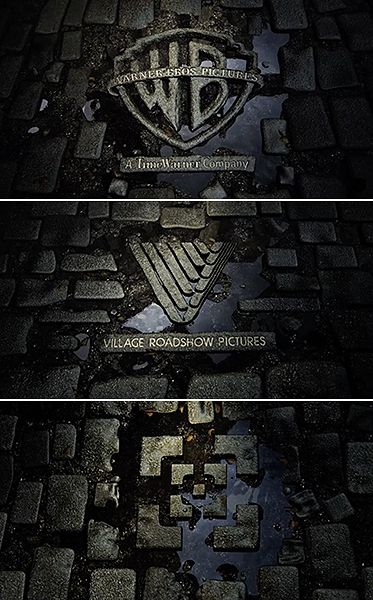
Danny Yount, studio logo graphics from the opening to Sherlock Holmes (2009)
How the audience understands the distinction between the credits and its role for narrative when watching any title sequence is not an either/or opposition. The propositional conflict between peritext::text makes the degree of realism the critical focus, conceiving of the audience as passive, easily manipulated, uncritically accepting and embracing whatever they encounter in the motion picture, the ideological and political aspects of traditional viewership makes the manipulated complicit with their own manipulation, but powerless to challenge it, and possibly even unwilling to consider it is happening. It reifies this historical assumption that audiences are not sophisticated readers consciously choosing their critical or uncritical engagements with the text. Such a passive conception of viewership is incorrect. The audience interprets these designs as part of a state of information where meaning develops from the lower-level d�coupage. These articulations form the title sequence as a particular enunciation in the motion picture as a whole. The range of naturalism::stylization is another lower-level marker for these same issues of narrative function. How closely integrated peritext::text are determines whether the audience will interpret the title sequence as a distinct section, as a introduction flowing into the narrative, or as entirely absent. The relationships between these sequences identify the ideological dimensions of realism::stylization as an interpretive constraint.
|

|
|
 read more read more
|

|
| |
 1 2 3 4 5 1 2 3 4 5 
|
|
|